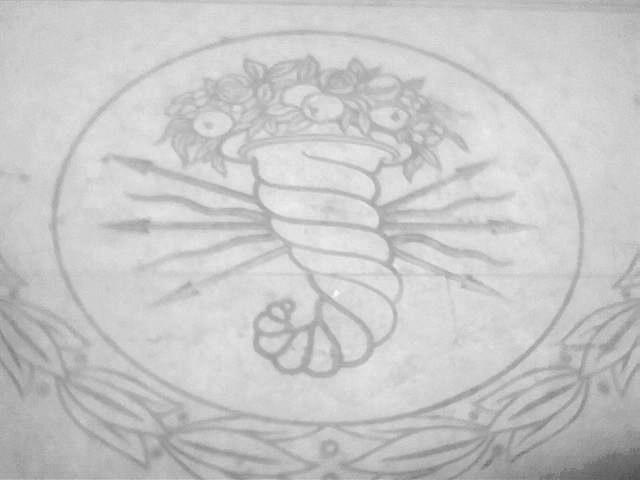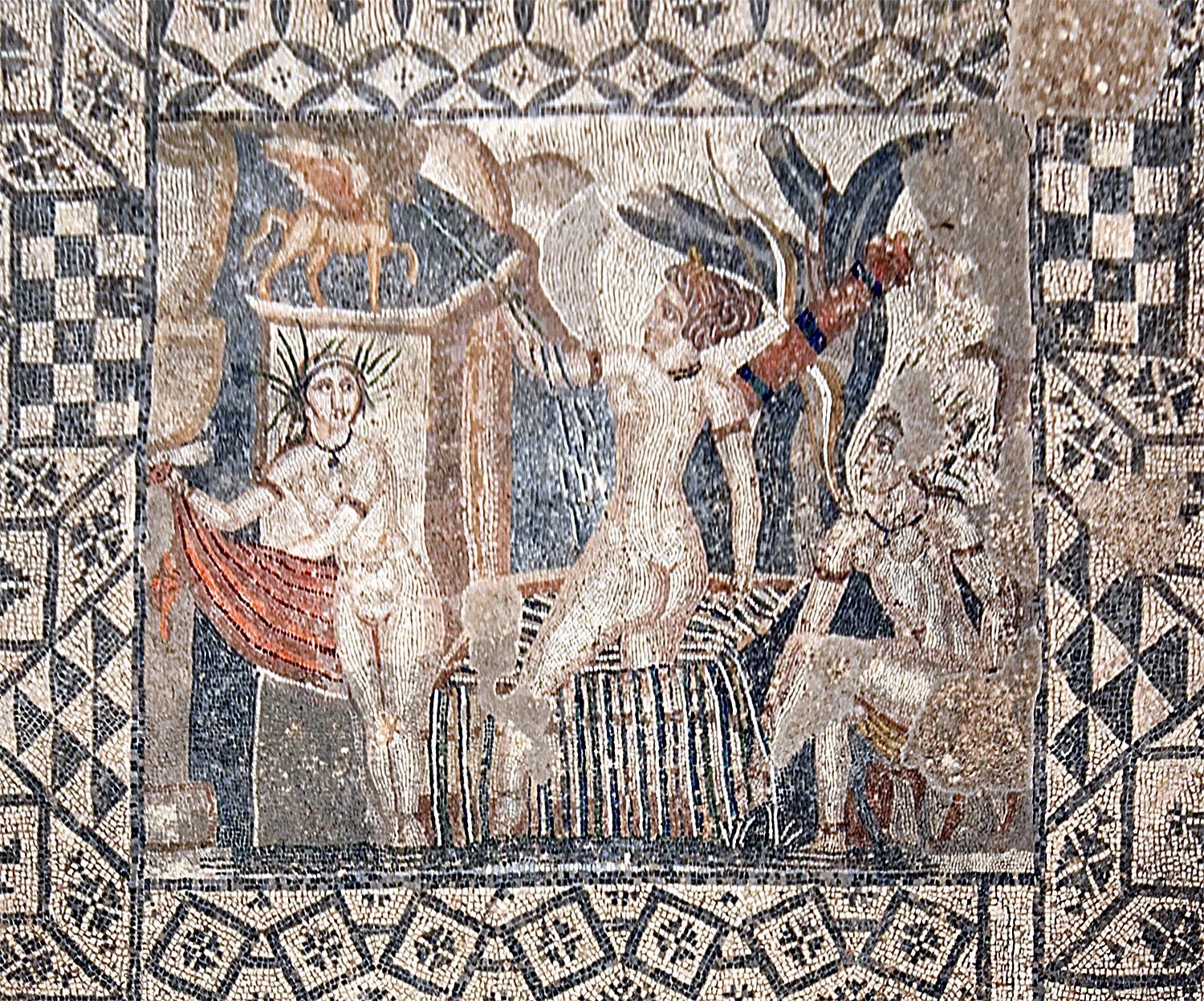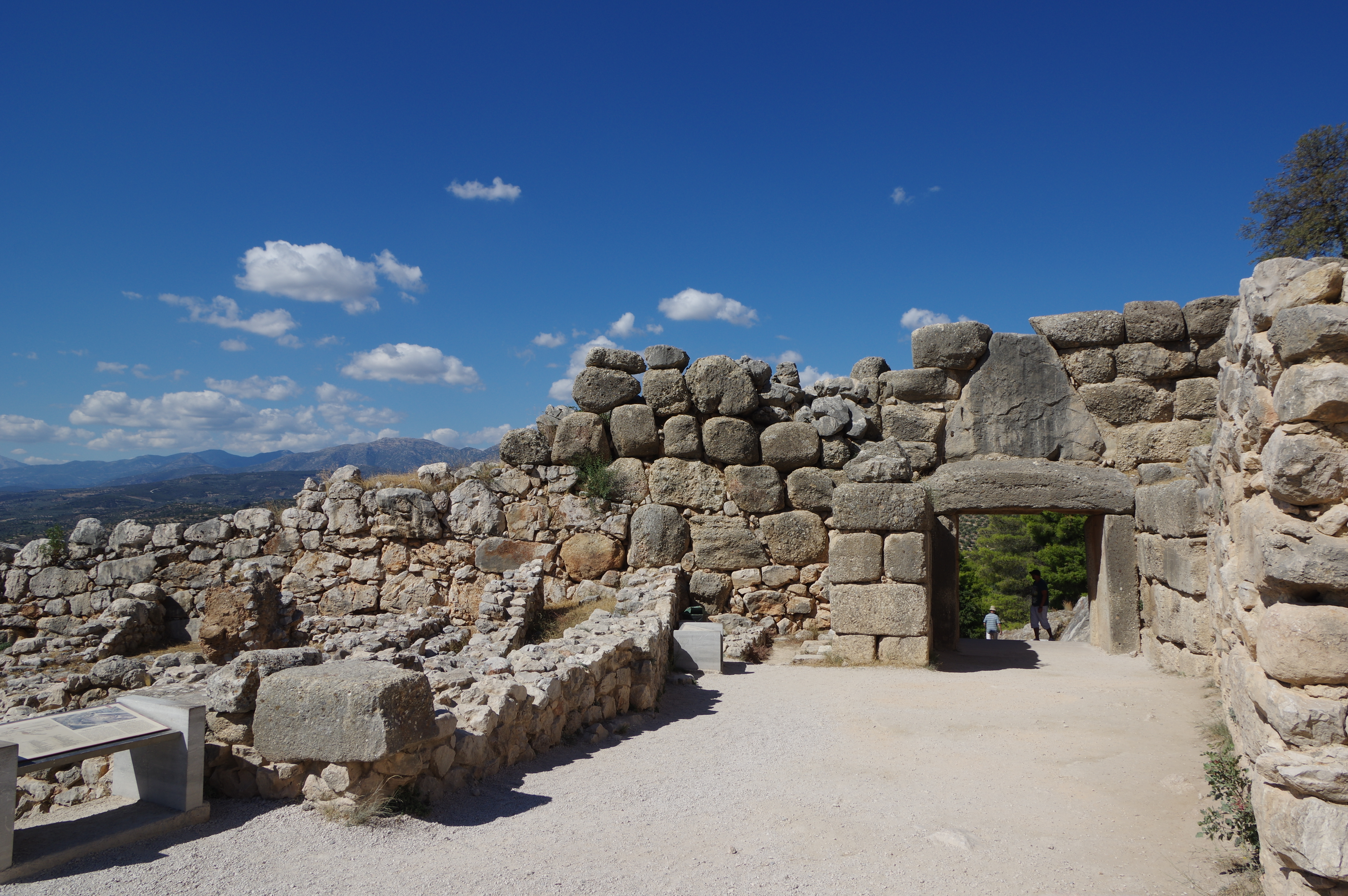|
Sagunto
Sagunto () is a municipality of Spain, located in the province of Valencia, Valencian Community. It belongs to the modern fertile ''comarca'' of Camp de Morvedre. It is located approximately north of the city of Valencia, close to the Costa del Azahar on the Mediterranean Sea. It is best known for the remains of the ancient Iberian and Roman city of ''Saguntum''. The siege of Saguntum in 219 BC was the trigger of the Second Punic War between the Carthaginians and the Romans. The municipality includes three differentiated urban nuclei: Ciutat Vella (Sagunto), and Puerto de Sagunto. Over half of the population lives in the coastal settlement of Puerto de Sagunto. History Gaspar Juan Escolano, in his ''Decades of the History of Valencia'' (1610-11), writes that the first settlers of Sagunto were Armenian families, the Sagas, who came to the peninsula with Tubal and laid the first foundations of the city naming it Sagunt (Armenian: of Saga). There is also speculation tha ... [...More Info...] [...Related Items...] OR: [Wikipedia] [Google] [Baidu] |
Puerto De Sagunto
Puerto de Sagunto (Spanish name; ) is a Spanish locality pertaining to Sagunto (Valencian Community, Spain), which is located at the mouth of the Palancia river and in the north of the province of Valencia. It is the largest urban nucleus in Camp de Morvedre, with 44,428 inhabitants (2019). Geography Located 4 km east-southeast of the old town of Sagunto, it includes the central eastern part of the municipal area, from Av. Ramón y Cajal to the coast. To the north, it borders the municipality of Canet d'en Berenguer and is located to the west of the Mediterranean Sea. History It owes its name to the locality's port, from which the industrial and commercial activity developed, which is maintained today. Already during the last third of the 20th century, the operation of the integral steel plant in Sagunto, managed by Altos Hornos del Mediterráneo (1971-1984), was key to its growth, as well as the tourist attraction of the beach of Puerto de Sagunto. In 2017 the City Council ... [...More Info...] [...Related Items...] OR: [Wikipedia] [Google] [Baidu] |
Siege Of Saguntum
The siege of Saguntum took place in 219 BC between the Carthaginians and the Saguntines at the town of Saguntum, near the modern town of Sagunto in the province of Valencia, Spain. The battle is mainly remembered today because it triggered one of the most important wars of antiquity, the Second Punic War. Hannibal's plans After Hannibal was made supreme commander of Iberian Peninsula, Iberia (221 BC) at the age of 26, he spent two years refining his plans and completing his preparations to secure power in the Mediterranean area. The Romans did nothing against him though they received ample warning of Hannibal's preparations. The Romans even went so far as turning their attention to the Illyrians who had begun to revolt. Because of this, the Romans did not react when news reached them that Hannibal was besieging Saguntum. The capture of Saguntum was essential to Hannibal's plan. The city was one of the most fortified in the area and it would have been a poor move to leave such a st ... [...More Info...] [...Related Items...] OR: [Wikipedia] [Google] [Baidu] |
Camp De Morvedre
Camp de Morvedre (; ) is a comarca in the province of Valencia, Valencian Community, Spain. Municipalities * Albalat dels Tarongers * Alfara de Algimia * Algar de Palancia * Algímia d'Alfara * Benavites * Benifairó de les Valls * Canet d'en Berenguer * Estivella * Faura * Gilet * Petrés * Quart de les Valls * Quartell *Sagunto Sagunto () is a municipality of Spain, located in the province of Valencia, Valencian Community. It belongs to the modern fertile ''comarca'' of Camp de Morvedre. It is located approximately north of the city of Valencia, close to the Costa ... * Segart * Torres Torres Comarques of the Valencian Community Geography of the Province of Valencia {{Valencia-geo-stub ... [...More Info...] [...Related Items...] OR: [Wikipedia] [Google] [Baidu] |
Ancient Iberian Coinage
Ancient Iberian coinage began in the fifth century BC, and widespread minting and circulation in the Iberian peninsula began late in the third century, during the Second Punic War. Civic coinages - emissions made by individual cities at their own volition - continued under the first two and a half centuries of Roman control until ending in the mid-first century AD. Some non-civic coins were minted on behalf of Roman emperors during this period and continued to be minted after the cessation of the civic coinages. After the cessation of the civic coinages, these Imperial coins were the only coins minted in Iberia until the coins of the Suebi and Visigoths. Ancient Iberia was connected to the eastern and central Mediterranean, and so there are links to the Greek, Roman and Punic ( Carthaginian) civic coinages. There are also many differences that reflect dynamics within Iberia itself. The colonial background: 6th century BC to the Second Punic War (-218 BC) Small numbers of coins ... [...More Info...] [...Related Items...] OR: [Wikipedia] [Google] [Baidu] |
Iberians
The Iberians (, from , ''Iberes'') were an ancient people settled in the eastern and southern coasts of the Iberian Peninsula, at least from the 6th century BC. They are described in Greek and Roman sources (among others, by Hecataeus of Miletus, Avienius, Herodotus and Strabo). Roman sources also use the term ''Hispani'' to refer to the Iberians. The term ''Iberian'', as used by the ancient authors, had two distinct meanings. One, more general, referred to all the populations of the Iberian peninsula without regard to ethnic differences ( Pre-Indo-European, Celts and non-Celtic Indo-Europeans). The other, more restricted ethnic sense and the one dealt with in this article, refers to the people living in the eastern and southern coasts of the Iberian Peninsula, which by the 6th century BC had absorbed cultural influences from the Phoenicians, Carthaginians and the Greeks. This pre-Indo-European cultural group spoke the Iberian language from the 7th to at least the ... [...More Info...] [...Related Items...] OR: [Wikipedia] [Google] [Baidu] |
Valencia (city In Spain)
Valencia ( , ), formally València (), is the capital of the province and autonomous community of the same name in Spain. It is located on the banks of the Turia, on the east coast of the Iberian Peninsula on the Mediterranean Sea. It is the third-most populated municipality in the country, with 825,948 inhabitants. The urban area of Valencia has 1.5 million people while the metropolitan region has 2.5 million. Valencia was founded as a Roman colony in 138 BC as '. As an autonomous city in late antiquity, its militarization followed the onset of the threat posed by the Byzantine presence to the South, together with effective integration to the Visigothic Kingdom of Toledo in the late 6th century. Islamic rule and acculturation ensued in the 8th century, together with the introduction of new irrigation systems and crops. With the Aragonese Christian conquest in 1238, the city became the capital of the Kingdom of Valencia. Due to trade with the rest of the Iberia ... [...More Info...] [...Related Items...] OR: [Wikipedia] [Google] [Baidu] |
Iberian Language
The Iberian language is the language of an indigenous western European people identified by Ancient Greece, Greek and ancient Rome, Roman sources who lived in the eastern and southeastern regions of the Iberian Peninsula in the pre-Migration Era (before about AD 375). An ancient Iberians, Iberian culture can be identified as existing between the 7th and 1st centuries BC, at least. Iberian, like all the other Paleohispanic languages except Basque language, Basque, was extinct language, extinct by the 1st to 2nd centuries AD. It had been replaced gradually by Latin, following the Roman conquest of the Iberian Peninsula. The Iberian language is unclassified language, unclassified: while the scripts used to write it have been deciphered to various extents, the language itself remains largely unknown. Links with other languages have been suggested, especially the Basque language, based largely on the observed similarities between the numeral system, numerical systems of the two. ... [...More Info...] [...Related Items...] OR: [Wikipedia] [Google] [Baidu] |
Costa Del Azahar
Costa del Azahar (, literally "Orange Blossom Coast"; Gran Enciclopèdia Catalana. , , literally "Coast of the Orange Trees') is the name for the coast of the province of Castellón in the , . To its north is the |
Carthage
Carthage was an ancient city in Northern Africa, on the eastern side of the Lake of Tunis in what is now Tunisia. Carthage was one of the most important trading hubs of the Ancient Mediterranean and one of the most affluent cities of the classical world. It became the capital city of the civilization of Ancient Carthage and later Roman Carthage. The city developed from a Phoenician colony into the capital of a Punic people, Punic empire which dominated large parts of the Southwest Mediterranean during the first millennium BC. The legendary Queen Elissa, Alyssa or Dido, originally from Tyre, Lebanon, Tyre, is regarded as the founder of the city, though her historicity has been questioned. In the myth, Dido asked for land from a local tribe, which told her that she could get as much land as an oxhide could cover. She cut the oxhide into strips and laid out the perimeter of the new city. As Carthage prospered at home, the polity sent colonists abroad as well as magistrates to rule t ... [...More Info...] [...Related Items...] OR: [Wikipedia] [Google] [Baidu] |
Colonies In Antiquity
Colonies in antiquity were post-Iron Age city-states founded from a mother-city or metropolis rather than from a territory-at-large. Bonds between a colony and its metropolis often remained close, and took specific forms during the period of classical antiquity. Generally, colonies founded by the ancient Phoenicians, Ancient Carthage, Carthage, Ancient Rome, Rome, Alexander the Great and his Diadochi, successors remained tied to their metropolis, though Ancient Greece, Greek colonies of the Archaic Greece, Archaic and Classical Greece, Classical eras were sovereign and self-governing from their inception. While earlier Greek colonies were often founded to solve Stasis (political history), social unrest in the mother-city by expelling a part of the population, Hellenistic, Roman Empire, Roman, History of Carthage, Carthaginian, and Han dynasty, Han Chinese colonies served as centres for trade (entrepôts), expansionism , expansion and Imperialism, empire-building. Sabean Colonizat ... [...More Info...] [...Related Items...] OR: [Wikipedia] [Google] [Baidu] |
Diana (goddess)
Diana is a goddess in Roman religion, primarily considered a patroness of the countryside and nature, hunters, wildlife, childbirth, crossroads, the night, and the Moon. She is equated with the Greek goddess Artemis, and absorbed much of Artemis' mythology early in Roman history, including a birth on the island of Delos to parents Jupiter and Latona, and a twin brother, Apollo,''Larousse Desk Reference Encyclopedia'', The Book People, Haydock, 1995, p. 215. though she had an independent origin in Italy. Diana is considered a virgin goddess and protector of childbirth. Historically, Diana made up a triad with two other Roman deities: Egeria the water nymph, her servant and assistant midwife; and Virbius, the woodland god. Diana is revered in modern neopagan religions including Roman neopaganism, Stregheria, and Wicca. In the ancient, medieval, and modern periods, Diana has been considered a triple deity, merged with a goddess of the moon (Luna/Selene) and the underwo ... [...More Info...] [...Related Items...] OR: [Wikipedia] [Google] [Baidu] |
Cyclopean
Cyclopean masonry is a type of masonry, stonework found in Mycenaean Greece, Mycenaean architecture, built with massive limestone boulders, roughly fitted together with minimal Engineering tolerance, clearance between adjacent stones and with clay mortar or no use of Mortar (masonry), mortar. The boulders typically seem unworked, but some may have been worked roughly with a hammer and the gaps between boulders filled in with smaller chunks of limestone. The most famous examples of Cyclopean masonry are found in the walls of Mycenae and Tiryns, and the style is characteristic of Mycenaean fortifications. Similar styles of stonework are found in other cultures and the term has come to be used to describe typical stonework of this sort. The term comes from the belief of classical Greeks that only the mythical Cyclopes had the strength to move the enormous boulders that made up the walls of Mycenae and Tiryns. Natural History (Pliny), Pliny's ''Natural History'' reported the tradition ... [...More Info...] [...Related Items...] OR: [Wikipedia] [Google] [Baidu] |






